The Gift of South Dakota
Subscriptions to South Dakota Magazine make great gifts!
Subscribe today — 1 year (6 issues) is just $29!
A Border Town
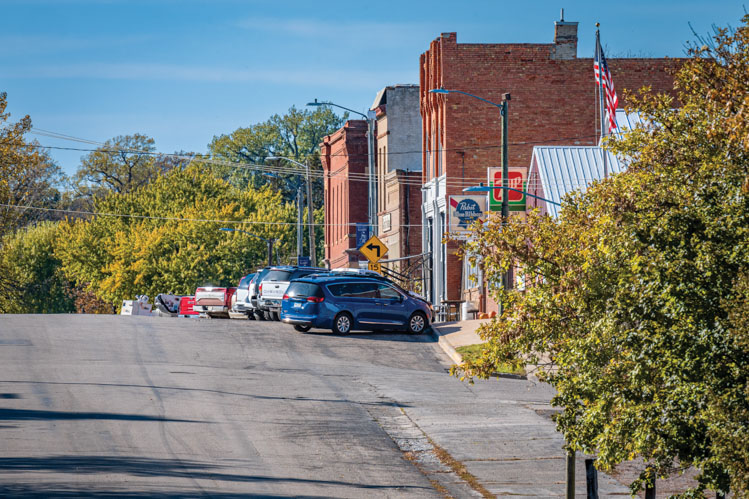 |
| Gary is a true border town. The east end of Main Avenue intersects the South Dakota/Minnesota state line. |
It’s been many years since a train rumbled through Gary, but people here believe this was the place where railroad service first crossed into Dakota. Trains also arrived in other border towns like Sioux City and Vermillion in 1872, the year of Gary’s founding, but the local citizenry stands by the claim, more than 150 years later. The east end of Gary’s Main Avenue intersects the Minnesota border, where rails awaited their extension into Dakota Territory, so it’s hard to doubt them.
The town began as Tent City, then Stateline, Headquarters, DeGraf and finally Gary, for rail and postal official H.B. Gary. It’s also known as “The Gate City” for its role in welcoming settlers to the western prairies.
Almost 600 people called this beautiful spot along the west branch of the Lac Qui Parle River home in 1920, but less than half as many remain today. “Maybe we are lucky,” says construction contractor and city councilman Doug Nelson, who calls himself a “move back” because he returned to his hometown after several years of living away. “At one time we were on a trajectory to become a big city, but instead we have a hidden gem.”
Progress is measured differently in tiny towns. “We’ve got stop signs now. We didn’t used to,” Nelson laughed.
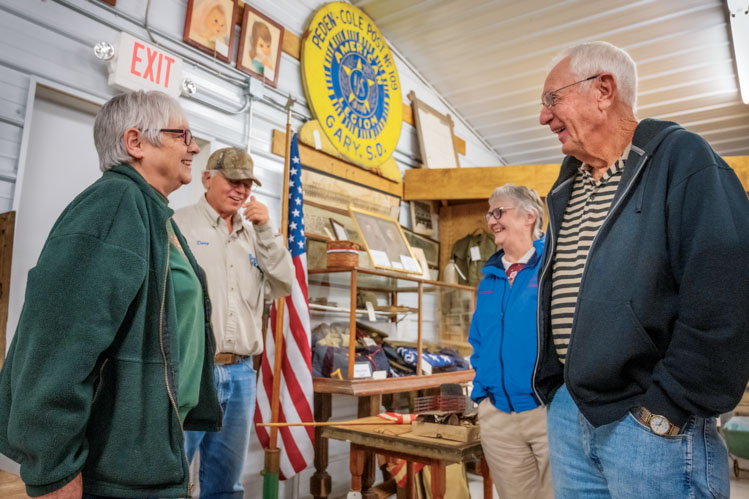 |
| Gary Historical Association members (from left) Ellen Schulte, Doug Nelson, Carolynn Webber and Perry Heaton gathered in the city museum to reminisce about the town's early days. |
Perry Heaton and his father before him operated the Gate City General Store at the main intersection in downtown Gary. Jennifer Pederson now manages the former bank building and shop next door, known to locals as “Jen’s Store.” Over the years the buildings have held a drug store, barber shop, grocery store and the Gary Post Office. Today shelves are packed with tools, greeting cards and energy drinks. “We still have hardware from when Perry had the store,” Pederson says. “It’s fun to actually sell something with one of his old price tags on it. We’ve tried to keep the original intent, which was a little of everything.”
Nelson says residents are happy with the products and services available, except for the lack of a gas station. Ideas are being floated to bring a service station and convenience store to property owned by the city.
An adult prom last year brought back memories of dances every Friday and Saturday night in the 1960s and ’70s. “Of course they don’t dance anymore, just stand in the middle of the floor and jump up and down,” says Heaton, a former mayor and city councilman.
The town’s newspaper, the Gary Interstate, began in 1878 and ceased traditional publication years ago, but the Gary Historical Association continues a monthly newsletter that carries the Interstate name. Laura Swoboda and her mother, Patricia Haas, produce the new editions.
A picturesque two-story brick courthouse was built in the lower part of town in the 1890s. When the county seat moved to Clear Lake, the community offered the building as the first South Dakota School for the Blind. The school opened in 1900 after the city raised funds and built additional facilities on a 37-acre campus, including a small dam and lake.
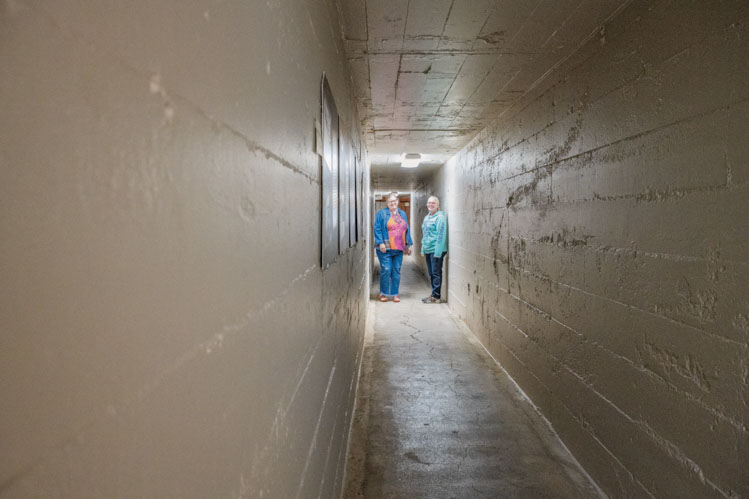 |
| Tunnels were built to assist blind students getting between buildings on the School for the Blind campus. Today they are decorated with historic photos of the school and surrounding area. |
Longtime Gary residents remember blind students attending churches and joining locals for dinner at their homes. Along with Braille instruction, students learned music, farming, furniture repair and other skills utilizing their hands. A large barn on campus hosted wrestling and boxing matches as well as roller skating.
The School for the Blind moved to Aberdeen in 1959. Decay, deterioration and vandalism took a toll on the buildings until local entrepreneur Joe Kolbach purchased the property in 2008. Kolbach held an idea-generating town meeting, which led to the renovation of the school buildings as a resort, hotel, campground and restaurant.
The Buffalo Ridge Resort and Spa, including the Herrick Hotel and Talking Waters Campground, opened in 2009 for Gary’s Fourth of July celebration, an annual five-day party that includes a rodeo, soap box derby, live bands, children’s events and a rendezvous. By the following summer the Rock Room Bar and Grill was added.
Buildings housing the Gary Historical Association’s museum exhibits, the Gary City Park, the resort and the campground all blend into a beautiful complex somewhat hidden to travelers who only pass through town. “This park is the nucleus of what Gary is,” Nelson said as he walked by the new playground equipment and sports courts, the fruits of fundraisers held through the American Legion, the Alibi Bar and others.
Patricia Fields purchased the Buffalo Ridge Resort in 2023 and is continuing renovations that will add spa and massage facilities. Rick and Jessica Christens operate the Talking Waters Campground next door.
Ghost hunters have visited the resort’s buildings and found some activity, although one said a ghost told her she wasn’t willing to talk that day. “They are friendly,” Fields says. She’s seen some “photo bomb” ghosts appear in pictures taken there.
Maybe someday, one of them will reminisce about the day the railroad came to town, and finally settle that old debate with Sioux City and Vermillion.
Editor’s Note: This story is revised from the January/February 2024 issue of South Dakota Magazine. To order or to subscribe, call (800) 456-5117.

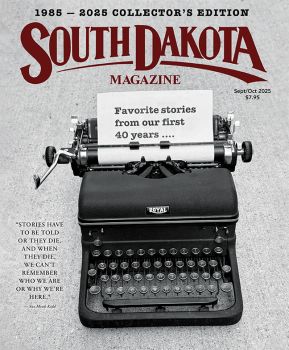





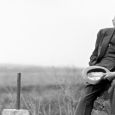
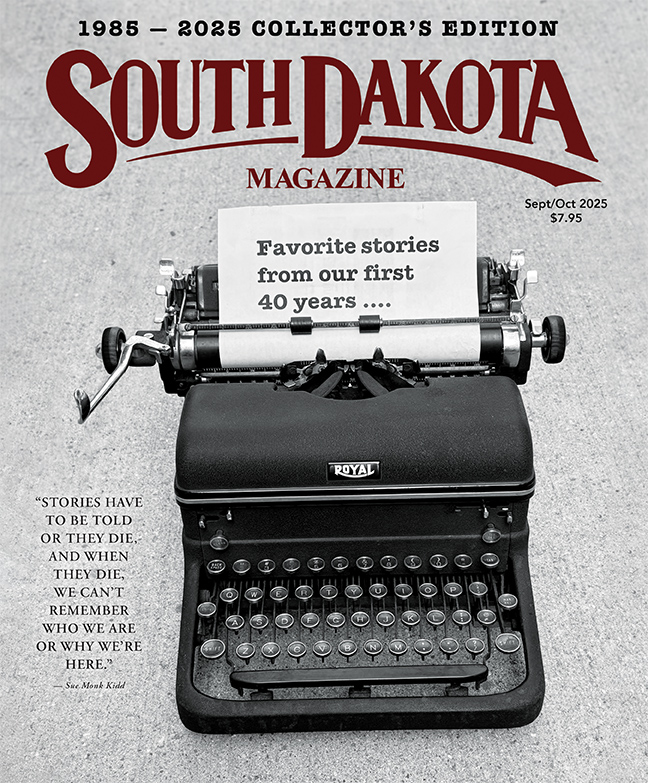

Comments